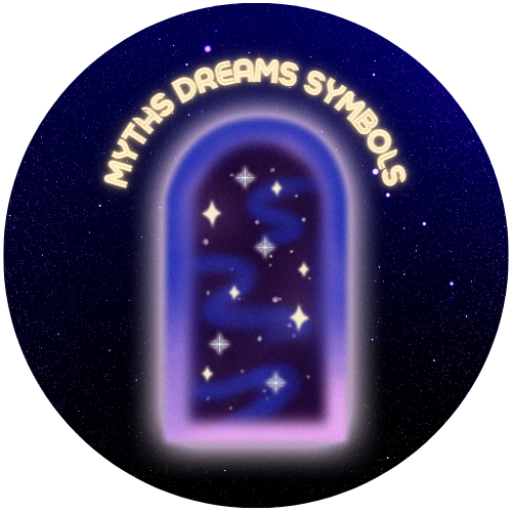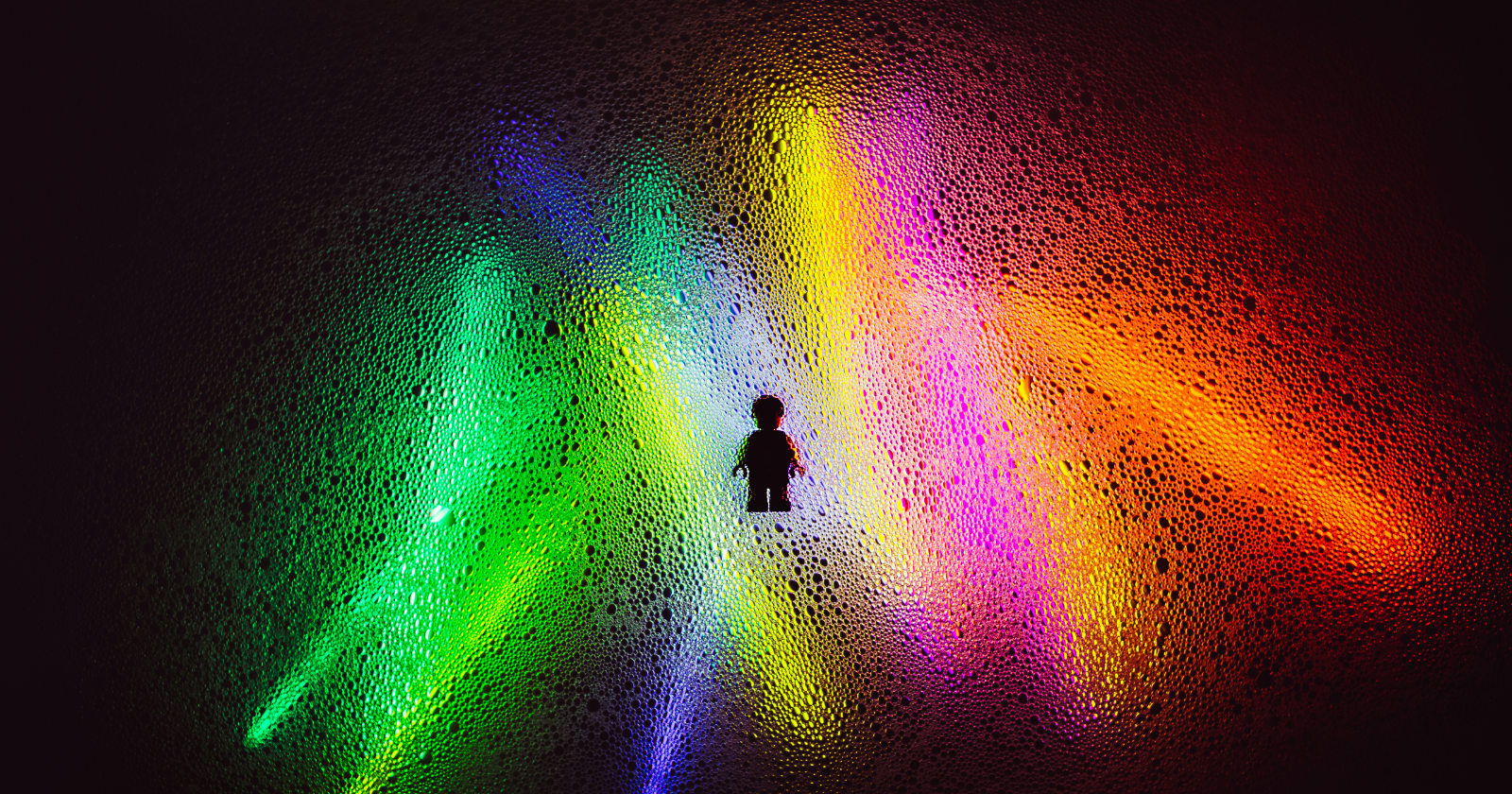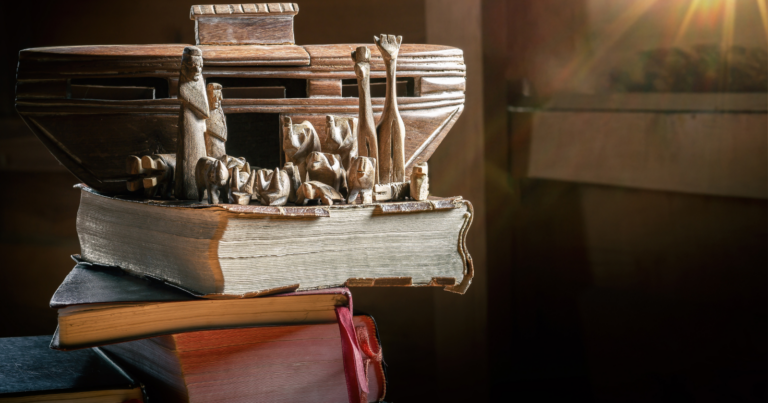In the pantheon of modern mythology, few stories resonate as deeply and broadly as George Lucas’s Star Wars.
A saga that spans galaxies and generations, Star Wars is more than just a space opera; it’s a tapestry of myths, dreams, and symbols that speaks to the eternal struggle between light and darkness, the journey of self-discovery, and the power of redemption.
At the heart of Lucas’s creation lies the influence of Joseph Campbell and his seminal work on the hero’s journey, a concept that transformed Star Wars into a cultural phenomenon and reshaped our understanding of storytelling.
The Call to Adventure: George Lucas Meets Joseph Campbell
George Lucas, in crafting the universe of Star Wars, drew heavily from Joseph Campbell’s work, particularly The Hero with a Thousand Faces.
Campbell’s exploration of the monomyth, or the hero’s journey, provided Lucas with a framework to build his epic narrative.
This journey outlines a hero’s departure from the ordinary world, initiation into a realm of supernatural wonder and trial, and return with newfound wisdom or power.
Lucas infused Star Wars with these archetypal patterns, creating a story that is at once unique and universally appealing.
Crossing the Threshold: The Hero’s Deed in a Galaxy Far, Far Away
In Star Wars, Luke Skywalker embodies the archetypal hero described by Campbell. His journey from a humble farm boy to a Jedi Knight mirrors the stages of the hero’s journey, from the initial call to adventure to the final triumph over darkness.
Along the way, Luke encounters mentors like Obi-Wan Kenobi and Yoda, faces trials, and undergoes a transformation that is both personal and symbolic.
Through Luke’s story, Lucas explores themes of courage, sacrifice, and the importance of facing one’s destiny.
The Power of Myth: Connecting Past and Future
By tapping into the rich vein of mythic storytelling, Lucas connected Star Wars to the timeless tales that have shaped human culture.
The saga’s characters—heroes, villains, mentors, and tricksters—are archetypes that echo those found in myths around the world.
This universality is key to the enduring appeal of Star Wars; it is a story that feels both ancient and remarkably fresh, a saga that can be revisited and reinterpreted by each new generation.
Dreams and Symbols: The Language of the Force
The Force, a central concept in the Star Wars universe, serves as a powerful symbol of the dual nature of existence, embodying the struggle between the Light Side and the Dark Side.
It is a metaphor for the inner battles we all face and highlights the importance of balance and harmony.
Through the Force, Lucas expresses the idea that everyone is connected, that our actions ripple through the fabric of the universe, influencing others in ways we may never fully understand.
A New Hope: The Legacy of Star Wars and Joseph Campbell
George Lucas’s Star Wars is a testament to the power of mythic storytelling and its ability to inspire hope, foster imagination, and challenge us to look beyond our limitations.
By incorporating Joseph Campbell’s insights into the hero’s journey, Lucas created not just a story, but a mythos that continues to inspire those who dream of a better world.
Star Wars reminds us that, despite the darkness, there is light, hope, and the potential for heroism in all of us.
In conclusion, the creation of Star Wars and its profound impact on popular culture illustrate the timeless appeal of myths, dreams, and symbols.
George Lucas, guided by the work of Joseph Campbell, crafted a narrative that speaks to the deepest hopes and fears of humanity.
Star Wars stands as a beacon of the enduring power of storytelling, inviting us to explore the farthest reaches of our imagination and reminding us of the hero’s journey that lies within each of us.










